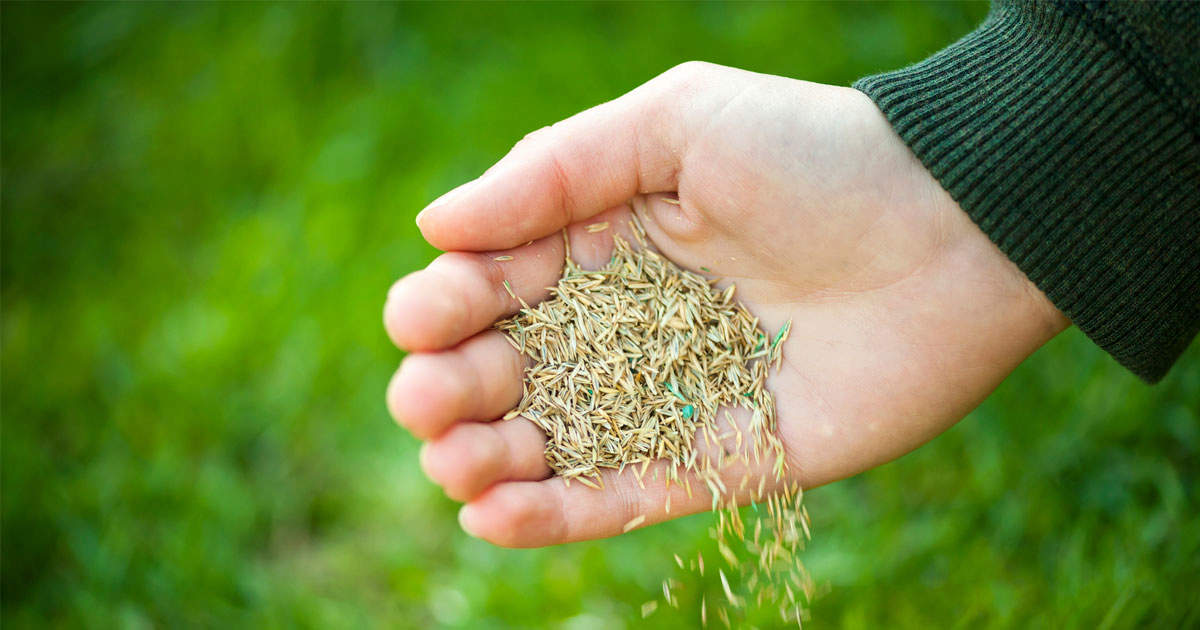The Best Time of Year to Plant Grass Seed in Connecticut
So your lawn’s looking a little thin. Maybe there are bare patches where last summer’s heat hit hard—or you just want a thicker, greener yard overall. Whatever the reason, you’re ready to overseed. But the question is: when?
If you’re in Connecticut, knowing the best time to plant grass seed is the difference between a healthy lawn that thrives… and seed that barely sprouts before fading out.
Let’s break it down so you know exactly when to seed—and how to give that new grass its best shot.
Fall is Prime Time in Connecticut
The best time to plant grass seed in Connecticut is early fall, specifically late August through mid-October. During this window, the days are still warm, the nights are cooler, and the soil retains heat from summer—ideal conditions for grass seed to take root quickly.
Cool-season grasses like Kentucky Bluegrass, Fescue, and Perennial Ryegrass all thrive when planted in early fall. Plus, there’s less weed competition and more consistent rainfall, which helps with germination.
You’ll find more seasonal guidance in our lawn care checklist, which breaks down what to do each month in Connecticut.
Why Fall Works Best
Soil is still warm, which helps seeds germinate faster
Cooler air temps reduce stress on new grass
Less weed pressure, since many annual weeds are dying off
Rain is more regular, so you’re not stuck watering daily
By the time winter rolls around, your new grass has had time to establish itself—and come spring, you’ll be way ahead of the game.
Can You Plant in Spring?
You can—but it’s not ideal. Spring seeding in Connecticut can be tricky. While it’s tempting to toss down seed as the snow melts, there are a few drawbacks:
Weeds like crabgrass start germinating around the same time
Sudden weather swings can disrupt germination
Summer heat arrives quickly, and new grass often isn’t strong enough to handle it
If you do seed in spring, pair it with proper watering and mowing techniques. Our article on lawn mowing height can help you avoid scalping young grass.
Prep the Right Way
Timing is important—but prepping the soil correctly matters just as much. Before you seed:
Mow low to reduce competition
Loosen the top layer of soil with a rake or dethatcher
Aerate if your lawn is compacted
Choose the right seed blend for your sun and shade conditions
Not sure where to start? Our lawn care team in Bristol can help with prep, seed selection, and post-seeding care.
Watering and Mowing New Seed
Once your seed is down, keep the area consistently moist with light, frequent watering—2 to 3 times per day until germination. After the grass sprouts, shift to deeper, less frequent watering.
If you’re unsure how to time your irrigation, check out our guide on the best time to water your lawn.
Wait until your new grass reaches about 3 to 3.5 inches before the first mow. And always use sharp blades.
Final Thoughts
If you’re planning to seed your lawn in Connecticut, don’t wait for spring—fall is the best time to do it right. Warm soil, fewer weeds, and mild weather give your lawn the best chance to grow thick, healthy, and strong.
At Kiss My Grass Property Maintenance LLC, we help homeowners across Connecticut get seeding and overseeding done the right way—at the right time. Whether you need a full lawn renovation or just a hand prepping the yard, we’ve got you.








